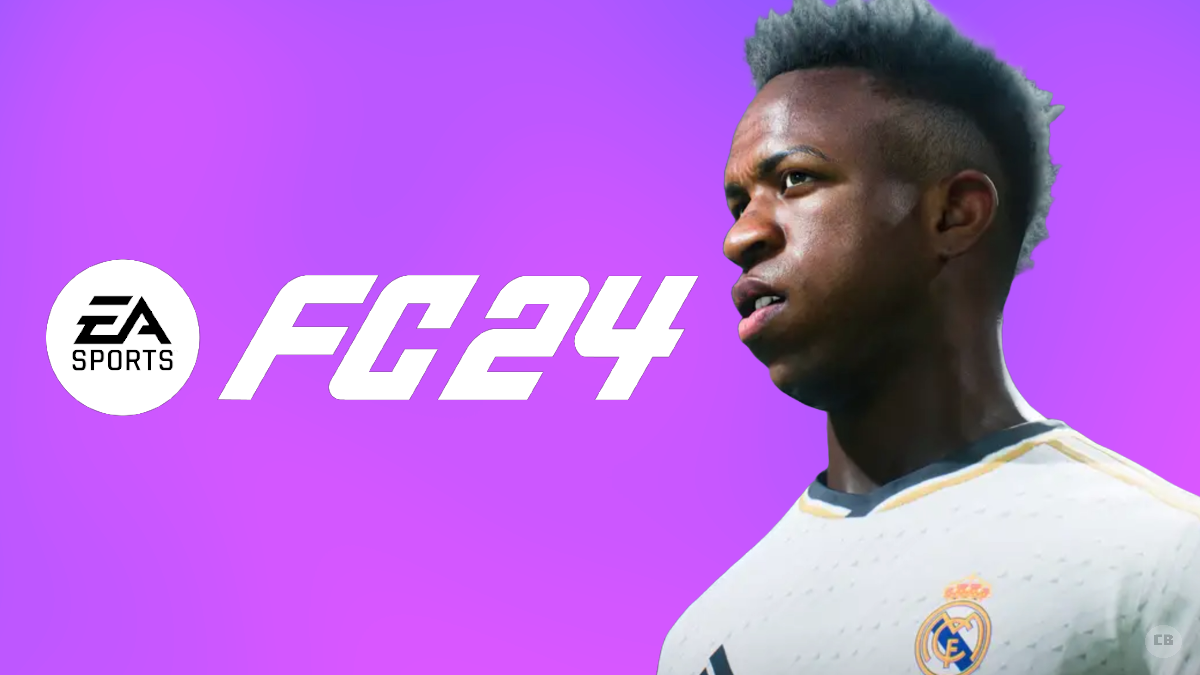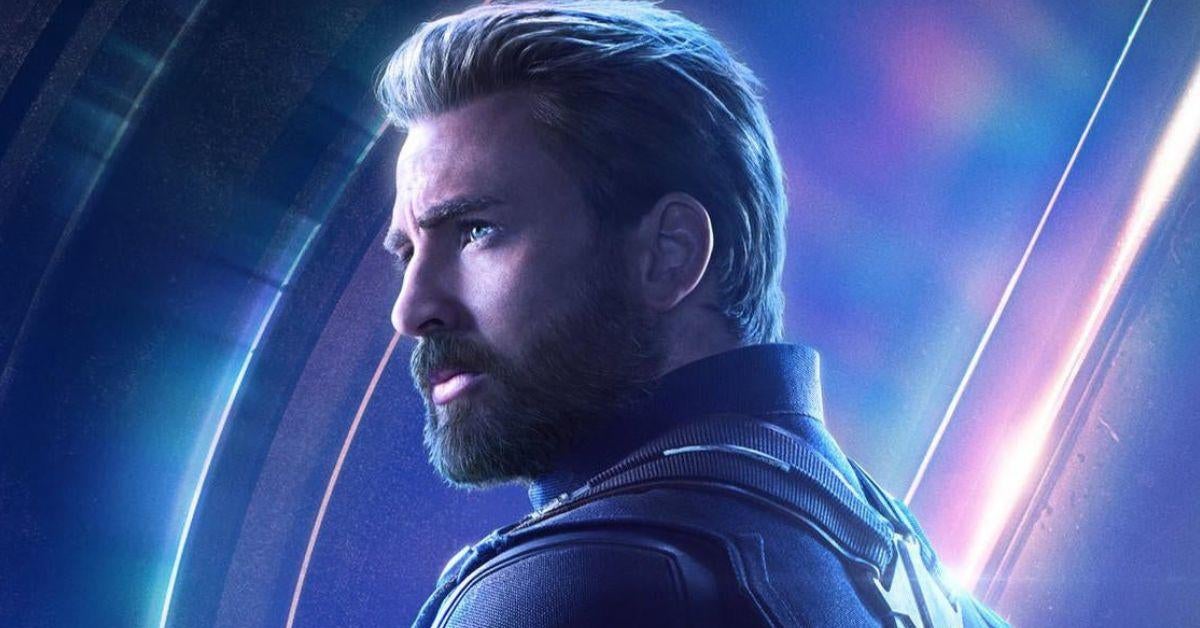Ultramega #1 Review: A Midlife Kaiju Crisis of Epic Proportions
The tokusatsu trend in western comics continues in James Harren's Ultramega from Skybound [...]
The tokusatsu trend in western comics continues in James Harren's Ultramega from Skybound Entertainment. The current Power Rangers and Ultraman series emulate their source material, and Radiant Black applies the genre's tropes to a Marvel Comics-style everyman hero archetype. Harren takes a darker path. In the deconstructionist mode, Harren zooms in on the destruction left in the wake of a kaiju vs. hero battle and the collateral damage done to the loved ones in that hero's life. It turns the spectacle of the genre into an outward depiction of its character's internal turmoil. It's tokusatsu by way of Miracleman.
It starts with Ultramega #1's cover, a perfect distillation of the story that awaits inside. It depicts the lumbering Ultramega hero standing over a ruined city with Jason, the hero's human host, diminished beneath both. Andres Juarez's Ultramega logo is built with broad paint strokes, splitting the title in red and blue color evocative of 3D glasses, teasing the monster movie action inside. The coloring applies to the figure as well, in magenta and greenish hues instead. It's all framed by a vast, dark negative space speaking to the issue's darker tone. That theme continues in Juarez's design of the credits page, where the Ultramega logo crackles with lightning and energy but can't break free of the darkness surrounding it.
As the story begins, readers learn that a plague has infected humanity. Anyone can become host to the "kaiju curse," transforming into a giant monster capable of leveling a city. We then see a dream in which Jason learns that he's one of only a few chosen to protect the city. Here, Harren stresses the dichotomy between dreams and reality, fantasy and the mundane. An alien wrapped in cosmic energy sits atop a floating, crystalline eyeball, telling Jason about the strange gift he will bestow upon him. Jason stands in front of him on the ashes of cities that have fallen to the kaiju, looking disheveled and wearing nothing but pajama pants. The alien monologues with grandiosity through five full speech bubbles about the coming conflict. Jason offers a monosyllabic "'Kay" in response. Rus Wooten puts the alien's dialogue in brown instead of the expected black, emphasizing its otherness, with a thicker, bolder font, impressing the magnitude of what he's saying. Colorist Dave Stewart applies liquid-y black to the extraterrestrial with crackling red lightning bristling off of him. The stellar background behind the alien is incandescent in greens and blues reminiscent of the aurora borealis. Jason is framed in earthy emptiness and, upon waking at the bottom of the page, a dull, monochromatic hue. Every single aspect of this page's production speaks to the distance between Jason's reality and his dream.
The story jumps ahead a decade, and Jason's internal monologue ruminates on dreams' compensatory nature. When the alien appeared to him, he had taken a beating brutal enough to end his boxing dreams. He had a hard time finding work after that, losing jobs to robotic automation. The issue later reveals that Jason was married with a baby on the way. At his lowest point, his dreams made him one of the most significant people on the planet. In this case, the fantasy becomes literal. Jason's kaiju-fighting responsibilities compensate for his inability to support his family.
When Jason awoke with his power, he no longer only felt dread at the idea that he was letting his family down, that he wasn't living up to his role as a husband and father. His transformation changed the way he saw his family, literally turning them into threatening monsters. Instead of facing the conflict openly and honestly, Jason ran. In his case, the responsibility he escaped from didn't come back to haunt him. It incubated in a monstrous womb and metastasized into something he could no longer neglect. It hunted him, eviscerated his friends, crushed his city beneath its feet, and tore its father limb from limb.
These fights are gory battles pitting giant, humanoid warriors against titanic monsters. Harren leans into body horror emphasizing these battles' human cost, drawing the Ultramega as musclebound, sinewy pugilists, eschewing the sleek, shining costuming of Ultraman (though the Ultramega's silhouettes speak to that seminal series' inspiration). The issue stresses that the Ultramega are flesh and bone, and the wounds are real, carrying over when they return to human form.

Harren brings order to the chaos of these battles with elegant geometry. The first full-on battle in the issue opens with a two-page splash as Jason grapples with a newly emerged kaiju. As the monster pushes him back, the Ultramega leans into it with everything he has. Harren halos the action with a perfect slope of debris angling upward, giving the reader everything they need to imagine the motion of these giants shoving each other around the urban landscape. Later, Harren employs such angles again as a fist bursts from beneath the earth, towering over three Ultramega and causing already damaged buildings to list towards, triangulating the focus on the looming hand and emphasizing its threat.
Harren lays out his inspiration in the issue's backmatter, naming anime like Neon Genesis Evangelion, but it's hardly necessary. At one point, an Ultramega transforms into something more monstrous, and it could be mistaken for an Evangelion made of flesh. He also employs fighting tropes from Japanese media, like the body flicker and speed lines to add urgency to motion. The Ultramega shout the names of their special moves, with Wooten drawing these word balloons with an escalating intensity to mimic the voice effects employed in tokusatsu shows.
One unnamed influence is Jack Kirby. When someone describes an artist as Kirby-esque, it's usually a reference to their sense of character design. Harren's characters don't look like Kirby characters, but they throw punches like Kirby characters, full of force and weight and crowned in starburst background effects.
But, as mentioned, this is a comic that deconstructs. To use these giant battles as something symbolic of the character's internal struggles, Harren puts it all in perspective, shifting focus back to the civilians on the ground doing their best not to drown in the blood of the gods fighting above them. Harren leans into body horror to emphasize the human toll on the fighters, presenting one harrowing scene as a defeated warrior remains suspended in the air by his entrails after being impaled on a skyscraper.
The issue ends in tragedy. Jason couldn't run, and the attempt killed him and the city he tried to protect. But Ultramega turns out to be a generational story. Its ending considers how society placed its future in the hands of a few "gargantuan men." Those men accomplished many things, but their flaws destroyed their legacy, and civilization paid a cost for it. Society rebuilds towards collectivism, but a new generation still defines itself relative to the men and monsters who scarred the city.
Ultramega #1 is an absolute powerhouse debut and easily the most ambitious and refined new comic of 2021 thus far. Harren and his collaborators created a weighty story, grounding bombastic, visceral action in its characters and their far too relatable flaws. It contemplates how we deal with personal responsibility in a world where our agency can often feel lost and how it's also easy to lose ourselves in regaining it. And then it runs all that through the lens of an epic and beautifully choreographed giant battle between monsters and heroes. This comic will blow you away and leave nothing but rubble and ashes in its wake.
Published by Image Comics
On March 17, 2021
Written by James Harren
Art by James Harren
Colors by Dave Stewart
Letters by Rus Wooten
Cover by James Harren




